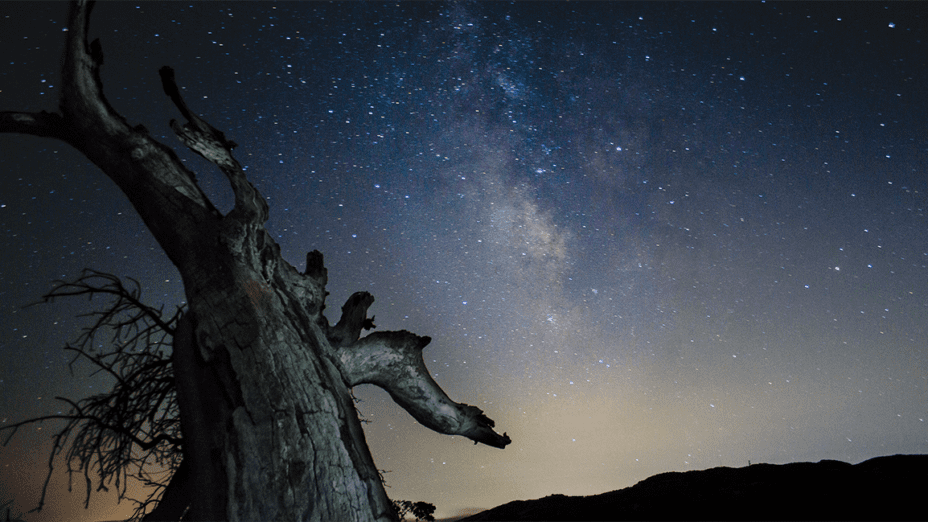
For all who live surrounded by the lights of the city, a true look at the night sky is rare. Sure, we can look up and see some of the stars, but where most Americans reside, large portions of them are obscured by light pollution.
In developed areas, the light from the homes and businesses surrounding us makes it difficult if not impossible to see many of those small pinpoints of light.
But the darkness of the Diablo Range makes for an extraordinary stargazing experience; it’s an opportunity to see constellations that would be otherwise obscured. Some of the best stargazing opportunities around can be found in and around the Diablo Range.
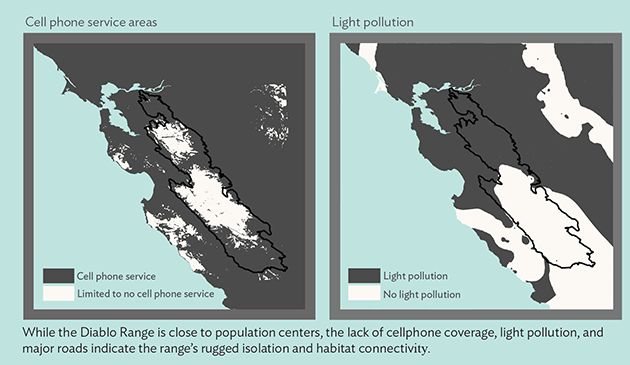
Why’s the Diablo Range dark? It’s less fragmented, with less development. This lack of development is the same thing that makes it incredibly important for wildlife.
Here are a few organizations and locations that will help you see the night sky like never before.
1. Mount Diablo Astronomical Society
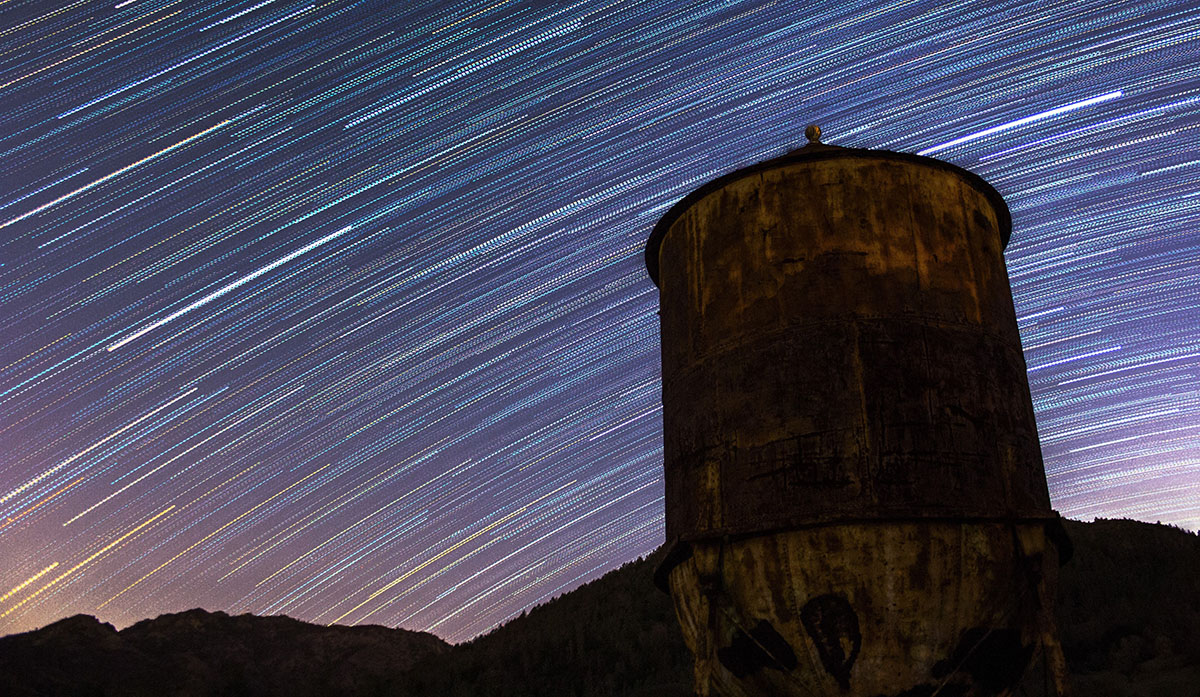
Timelapse photography of the night sky in Mount Diablo State Park. Photo: Floyd McCluhan
Founded in a time when the science of astronomy was making extraordinary progress, the Mount Diablo Astronomical Society has been providing free stargazing experiences atop Mount Diablo (and other locations) since 1957.
2. Lick Observatory
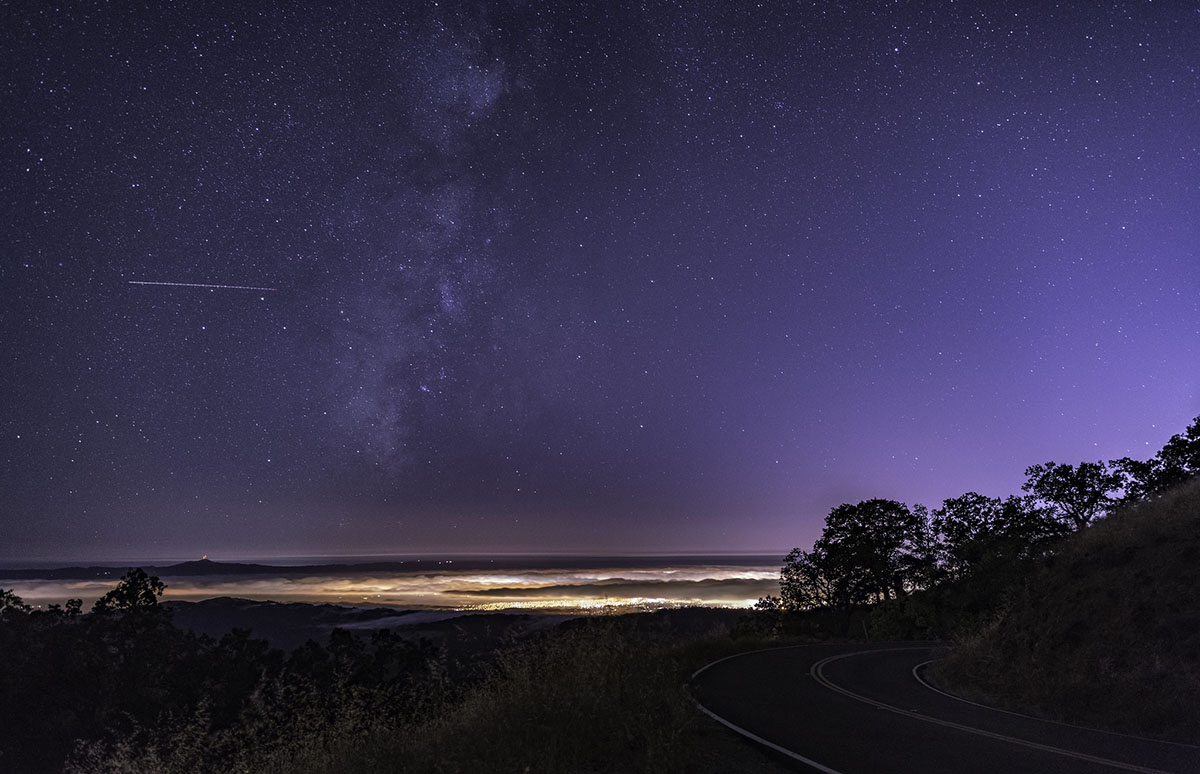
The Perseid meteor shower as seen from Mount Hamilton. Photo by Baron Reznik / CC BY-NC-SA
The Lick Observatory is owned by the University of California and located on Mount Hamilton.
Mount Hamilton’s highest peak, Copernicus Peak, is the highest point in Santa Clara County and one of the highest peaks of the Diablo Range. It’s a premier destination for stargazing and astronomy within the state of California.
3. Fremont Peak Observatory
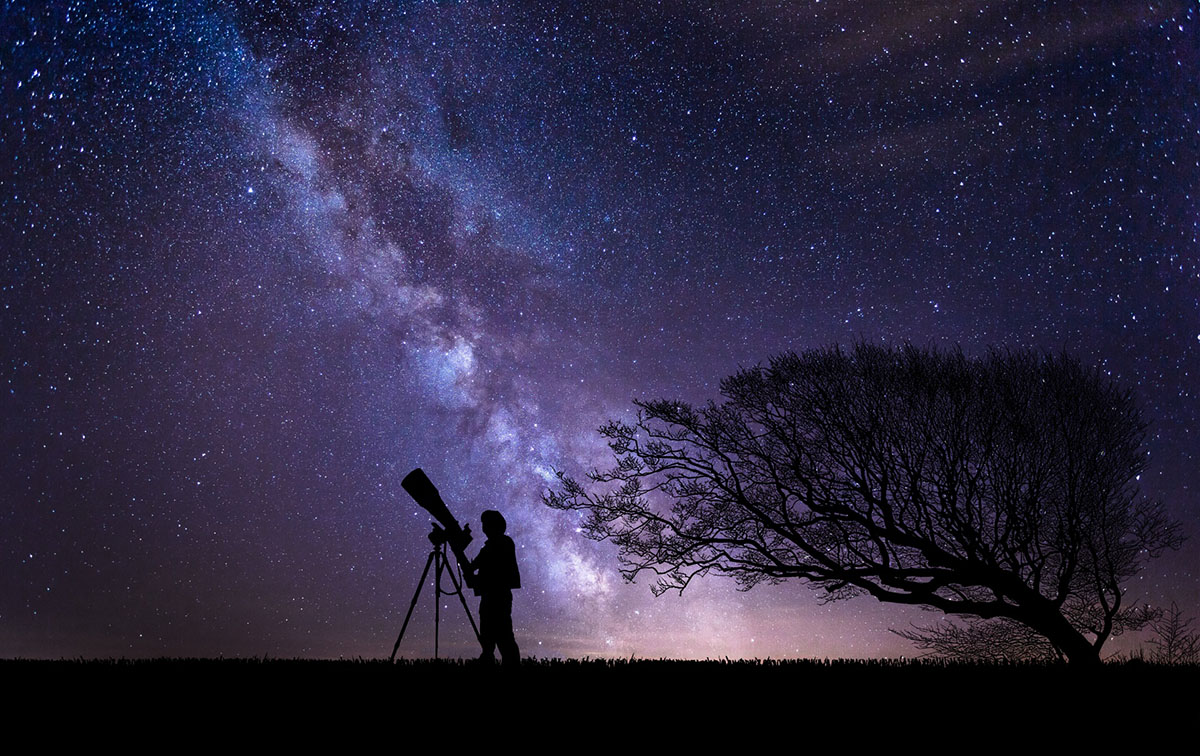
Photo by Victoria Borodinova
This observatory is located within Fremont Peak State Park near San Juan Bautista, CA. It’s run by the Fremont Peak Observatory Association, which regularly provides informative presentations and allows visitors to use a variety of telescopes to see the stars.
4. Chabot Space & Science Center
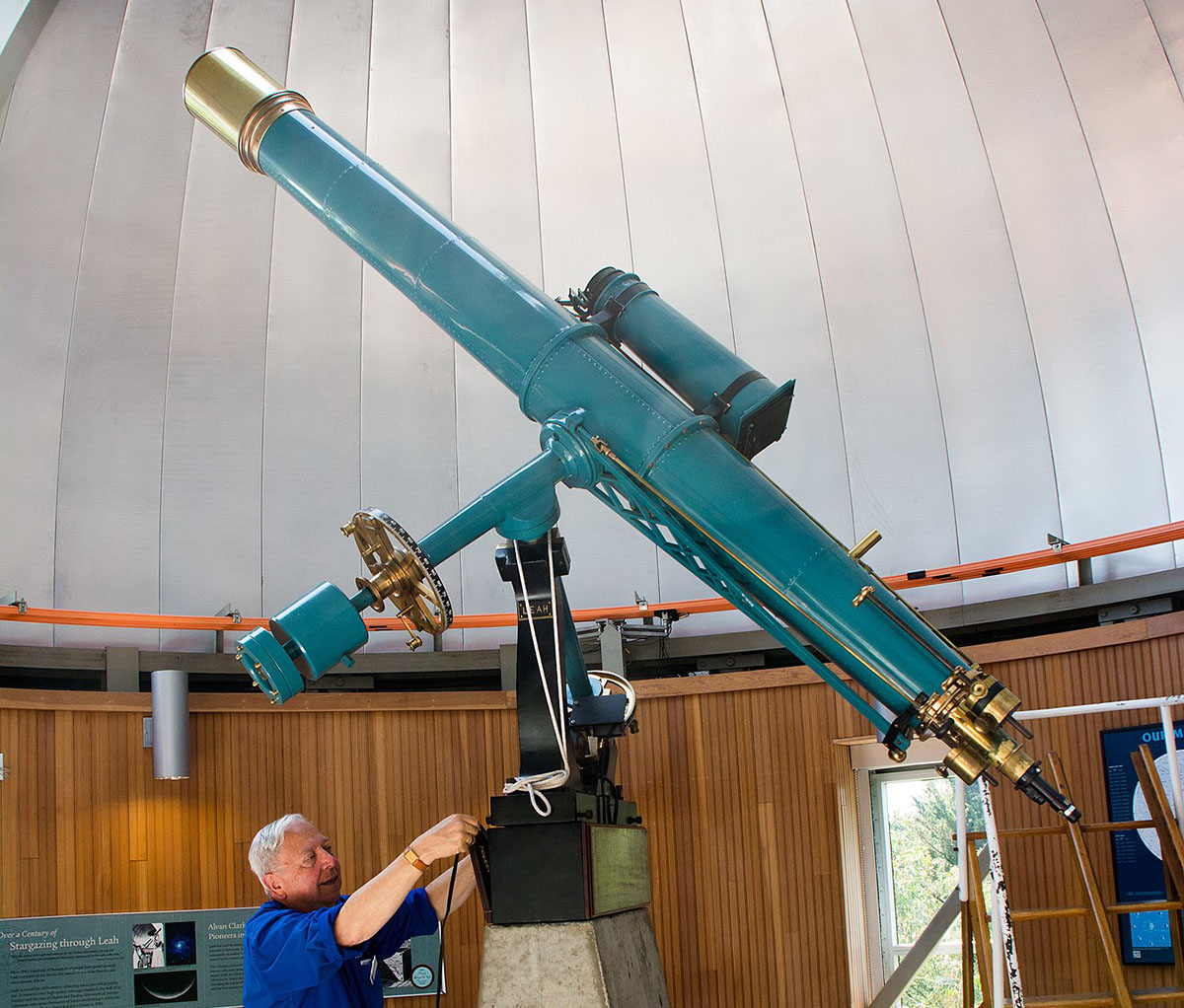
Leah 8 refractor at Chabot Space & Science Center. Photo: Don DeBold / CC BY
Chabot Space & Science Center is located in Oakland’s Reinhardt Redwood Regional Park and features hands-on activities, NASA Ames artifacts, and three large-scale telescopes.
Chabot was founded as an astronomical observatory in 1883. Chabot’s observatory is the largest observatory complex in the United States that is free to the public.
5. Tri-Valley Stargazers
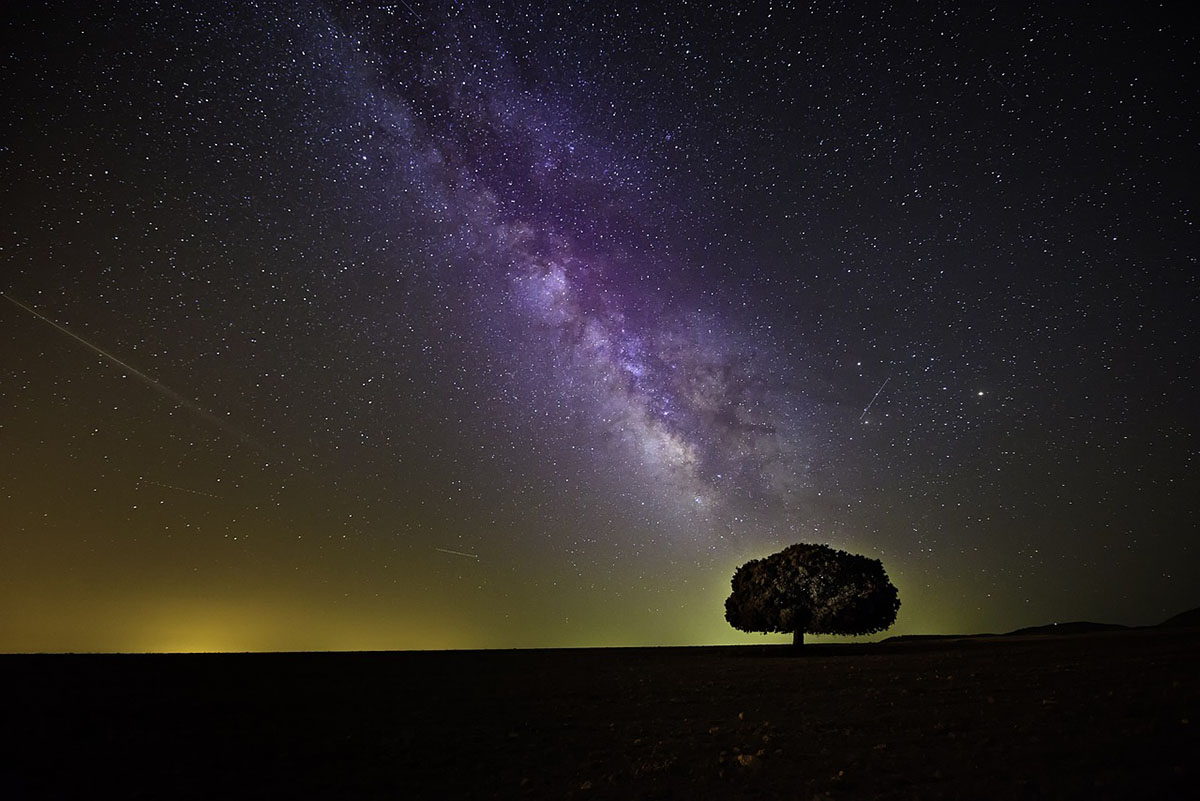
Based in Livermore, the club’s mission is to provide opportunities for those interested in astronomy to develop their skills and knowledge in astronomy and related subjects.
Membership is open to anyone interested in astronomy and comes with access to the club’s dark sky observing sites and telescope rental program, among other benefits.
6. Griswold Hills

Griswold Hills. Photo: BLM
Griswold Hills is located east of Pinnacles National Park, in the heart of the Diablo Range and owned by the Bureau of Land Management (BLM).
The BLM allows dispersed camping, though it’s important to not camp within 200 yards of any wildlife watering improvement.
This area is a remote, quiet, and dark part of the Diablo Range—an extraordinary opportunity to experience the night sky in all its glory.
7. Pinnacles National Park
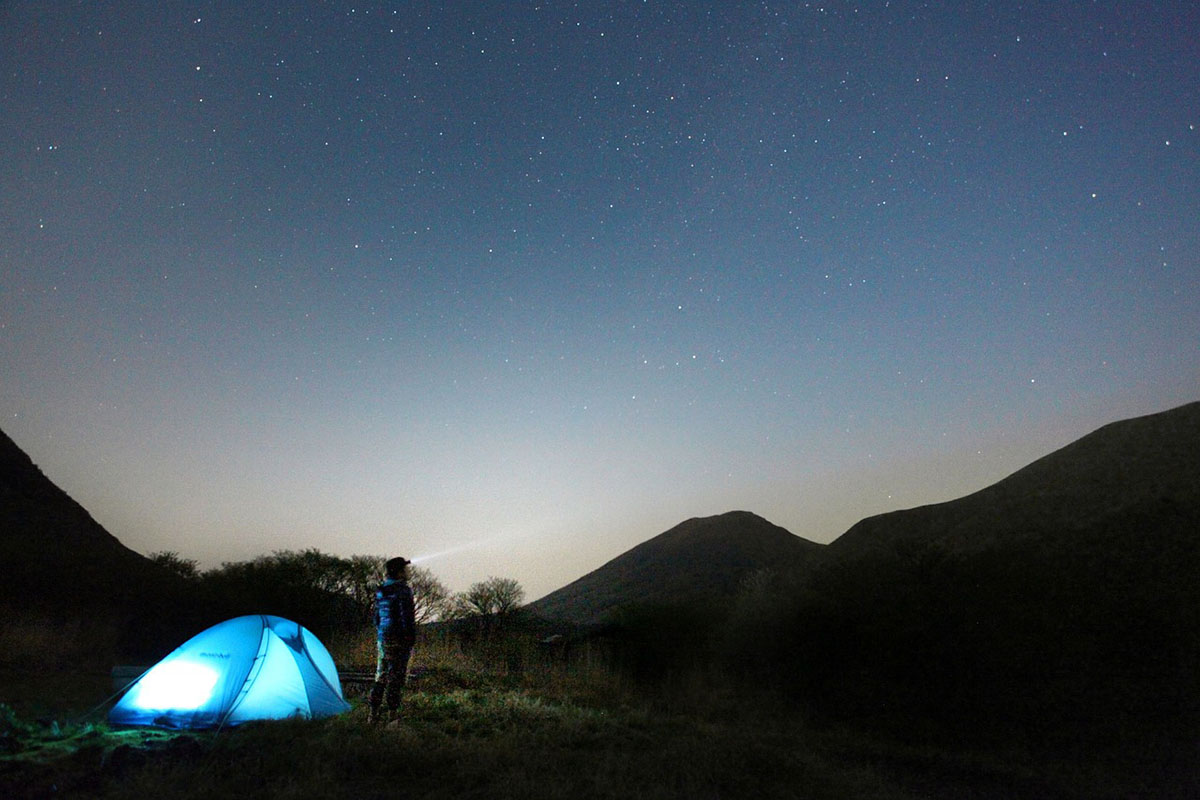
Photo: Turner Murakami
Far from any cities, and less visited than other California national parks such as Yosemite, Pinnacles National Park provides incredible stargazing opportunities right at its campgrounds.
8. Henry W. Coe State Park
Henry W. Coe State Park offers numerous locations that are great for stargazing. It’s the largest state park in northern California, with a wild, rugged, and varied landscape.
Campers can enjoy a stunning night sky unobstructed by light pollution at many of Henry W. Coe State Park’s campsites. The park also offers backpacking in remote wilderness areas.
9. Del Valle Regional Park
Del Valle Regional Park is known as one of the best places in the Bay Area for stargazing, particularly near Del Valle Lake.
10. The Astronomy Connection
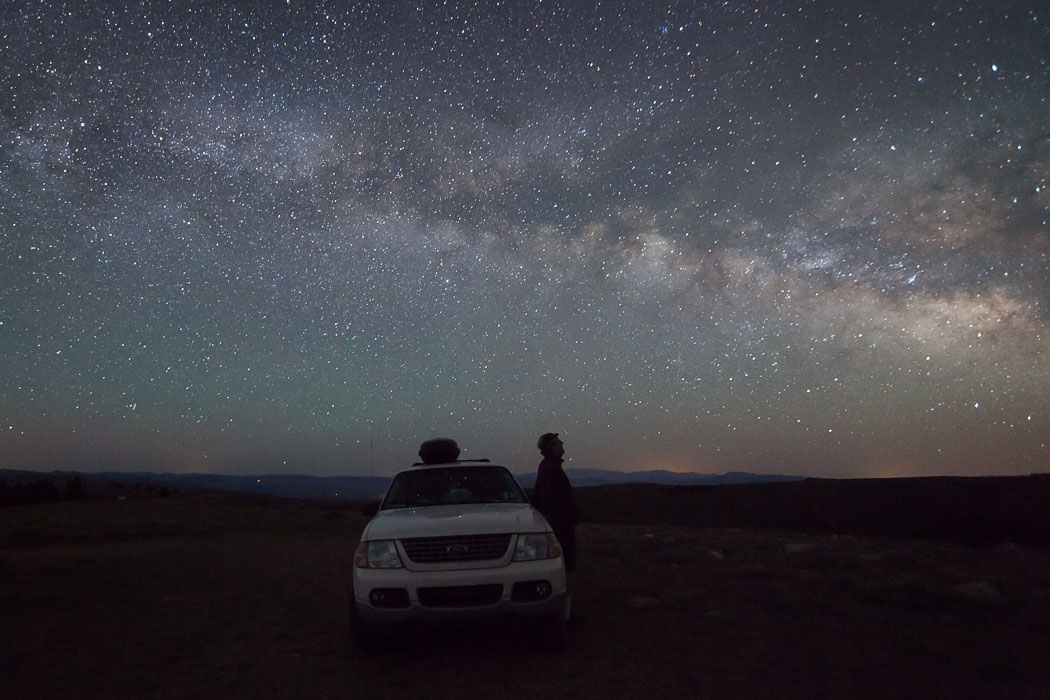
Photo by Jeff Sullivan / CC BY-NC-ND
The Astronomy Connection is an online service for amateur astronomers throughout the Bay Area.
This service was created to help people interested in astronomy share knowledge and learn more about the best local stargazing opportunities. It contains lots of useful online resources for beginning and experienced astronomers alike.
11. Sky Guide
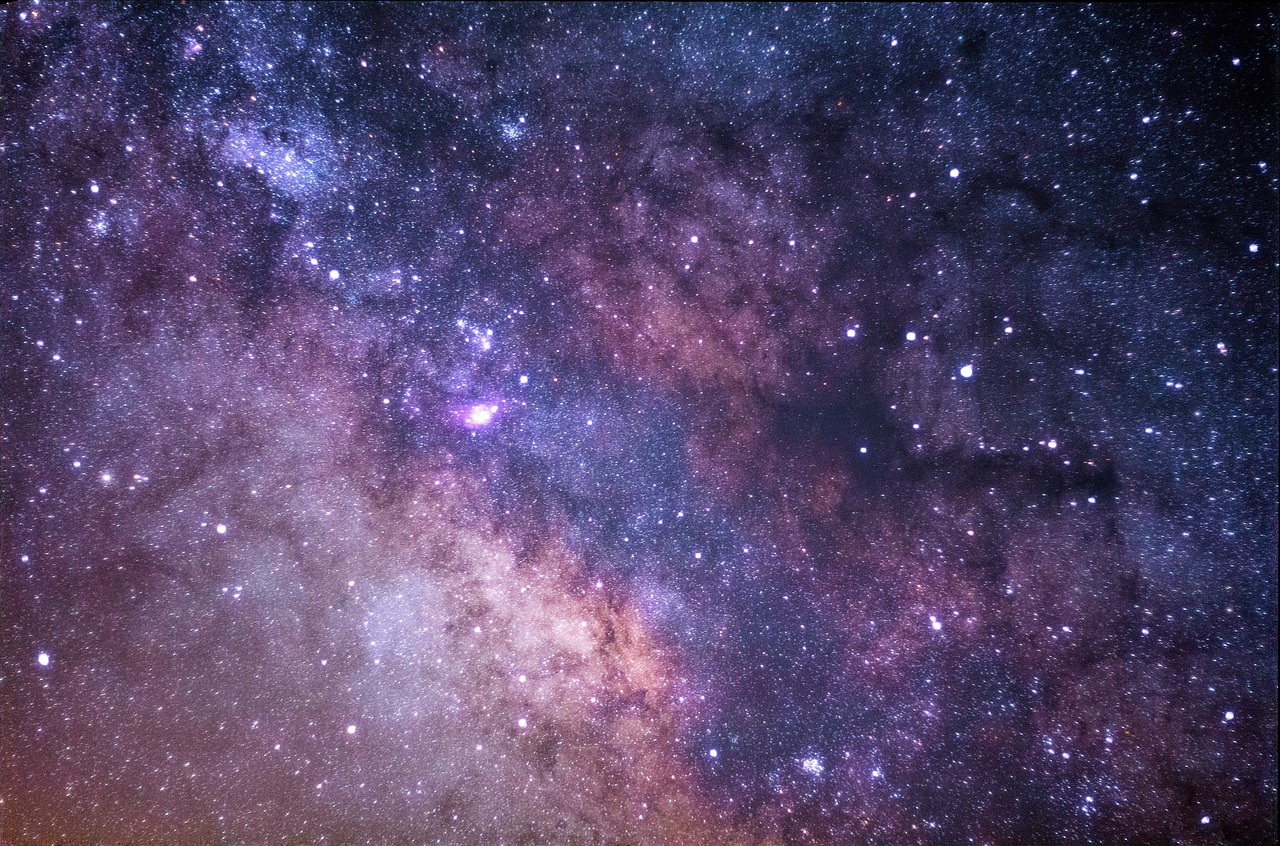
Photo by StockSnap
Sky Guide is an app that helps you peek into the mysteries of the cosmos with your phone. All you need to do is hold the phone up to the sky, and it will help you identify stars, constellations, planets, and more!
The app was designed to accompany stargazers to remote locations, so it works without Wi-Fi or cell service. It’s a valuable tool for stargazers of all experience levels.

